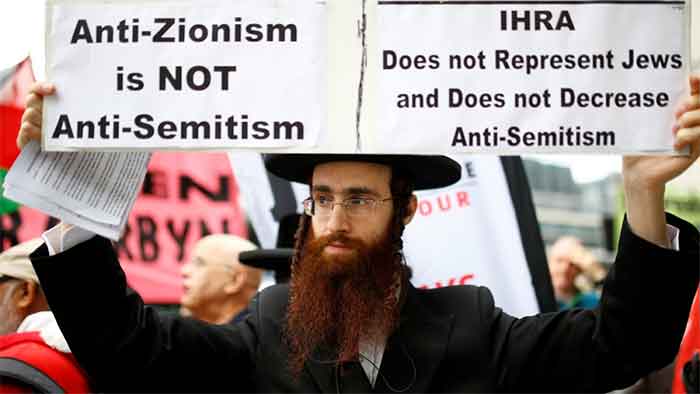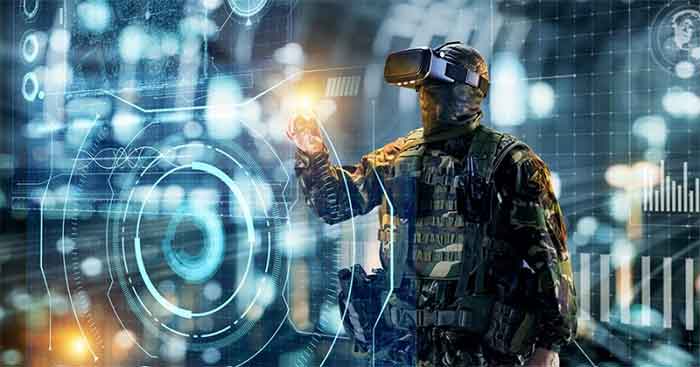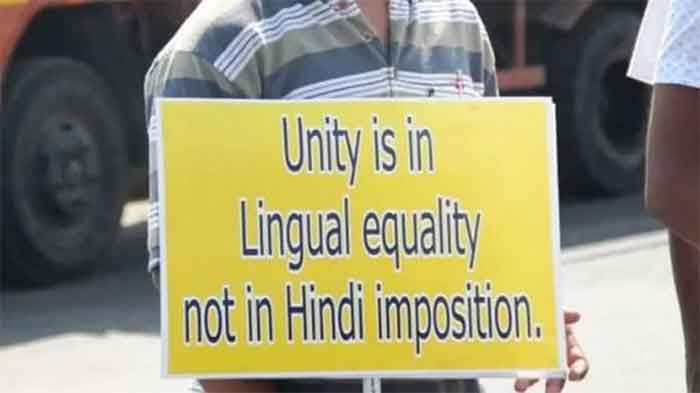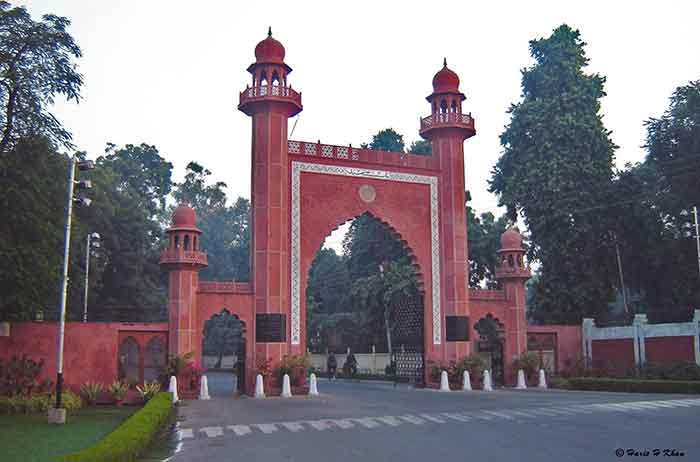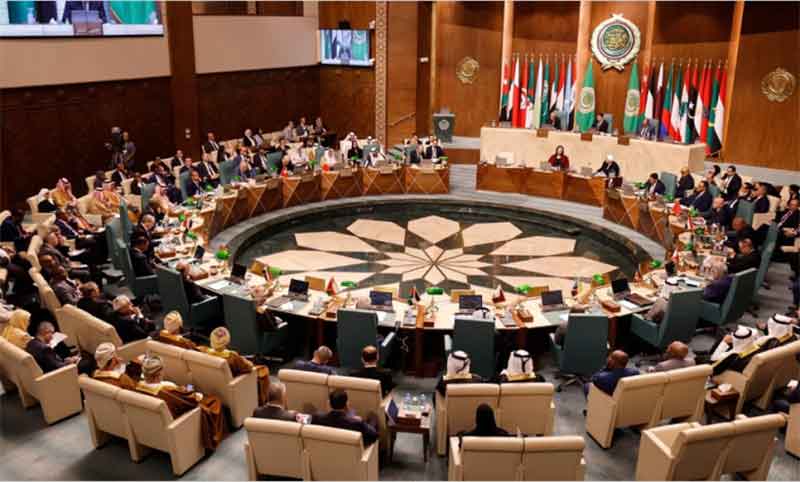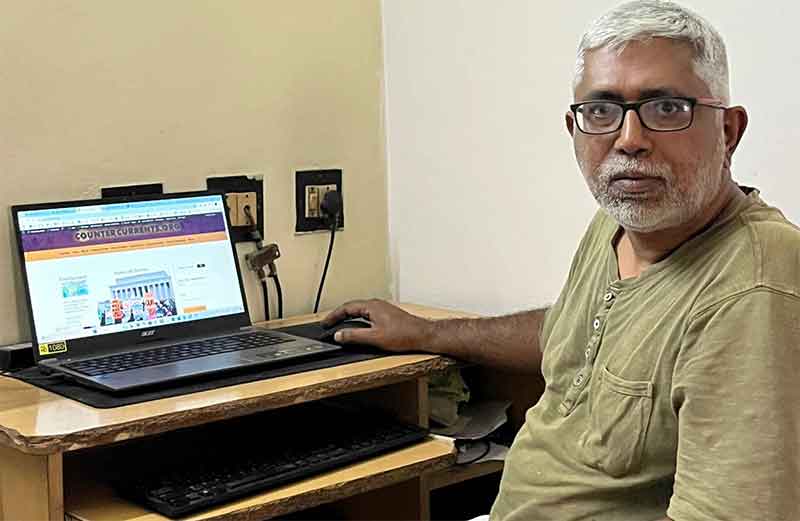
Chief minister Uddhav Thackeray’s decision to stay construction of the Metro rail car shed at the controversial Aarey forest site in Mumbai needs to be seen in the proper perspective. The point is people are not against development, they are against an insensitive system riding rough shod over them.
The point is people are seeing through the one size fits all approach of inflicting the Metro as the final solution without providing basic amenities to people. There are much more flexible, low cost solutions available. These have been cynically rejected. Till recently the state government machinery was out to virtually cripple the once prestigious BEST bus service which shows its absolute dishonesty.
Besides, people are now seeing through the real estate scam that some of these projects entail. As Nauzer Bharucha reported in the Times of India in 2017 over eight acres of the green land in Aarey was to be used for real estate development reportedly to raise resources for the Metro project. The idea was given up following a public furore. Besides, if the government does not have enough money why on earth does it go in for such expensive projects ? The whole game looks very suspicious as low cost solutions, environmentally friendly ones are deliberately given a go-by by the authorities.
Fortunately a good critique of the government’s anti-people policies is emerging. One is a penetrating look at the obsession with Metro. It is a booklet titled Consumed by Demand, the Obsession with the Metro is threatening our urban resources. The authors are Nishant, a Ph.D. candidate at the Indian Institute of Technology in Delhi and Rajendra Ravi, a veteran in the field of public transport for three decades.
Another development is that SUMNET, a network for sustainable urban mobility, has prepared a charter of demands of national bus users, after deliberations by a number of activists and experts from different parts of India at a recent meeting in Pune organised by Parisar, a leading environment group. Parisar also took the initiative in forming the SUMNET coalition ten years ago. SUMNET has argued that bus transport has been neglected over the years, it is flexible and has great potential in meeting the needs of urban transport.
Nishant and Rajendra Ravi argue in their report :
Rail-based rapid urban transport system, popularly known as Metro, has captured the imagination of planners and politicians alike. Though the Kolkata Metro, which is being operated by Indian Railways since its first run in 1984, was the first of its kind in India, Delhi Metro has lately come to be the source of inspiration for planning metro rail systems in other Indian cities. The “success” of Delhi Metro has provided the political class an easy route to “progress” on infrastructure front. A strong backing by the political class has killed the possibilities of debate on the transit planning options, and it is only the metro option that is being pursued aggressively. This seems to have marked a ‘metro turn’ in the urban transport planning in India with metro rail projects having become operational in 10 cities and being already proposed for more than 30 cities. Notably, the list of ‘aspiring cities’ includes even the cities like Gorakhpur which have less than a million people and smaller economies. The Bhartiya Janata Party (BJP), that has returned to power after the General Elections this year, had promised in its election manifesto to expand metro rail coverage to 50 cities. If this vision becomes a reality, an estimated 5-6 lakh crore rupees will be spent, two-third of which is most likely to be debt-financed with the assistance of international financial institutions (IFIs) such as Japan International Cooperation Agency (JICA), Asian Development Bank (ADB) and Agence Française de Développement (AFD).
However, the tragedy in the drama around metro rail is not that the larger section of policymakers and politicians fetishize metro and have their vested interests but that the metro has become an easy sell despite the mounting evidences suggesting their worthlessness and wastefulness in Indian context. An analysis by the Centre for Science and Environment in Delhi, had captured how the metro projects all over India are showing massive deficit in ridership as compared to the projected figures. The reason is not only the clear unaffordability of metro services but it is also the peculiarity of urban form. Indian cities are much more diffused and polynucleated than the industrial cities of the West or Japan where the urban rail system emerged as a suitable technology to move the workers from the peripheral and suburban areas to what is called the Central Business District, or the core of city with very high density of economic activities. This fundamental characteristic of Indian cities along with mixed land use, dense neighbourhoods and persistent low-income levels has meant that the regular trips in the cities are short-distance and frequent, and rely significantly on the economically cheaper motorized two-wheelers. Tall claims of metro as panacea for bringing down the air pollution levels has also perceptibly failed as the air quality in Delhi remains unhealthy round the year.
As a matter of fact, ridership of metro, large part of which was anyways constituted by transfer of trips from buses and induced travel, has become stagnant in recent years while a greater number of people hit the roads in their private cars, cabs and on two-wheelers showing disdain for the public transport. In that sense, metro is one of the many plans that are being pushed without, or rather against, the truth. A resistance to metro is, therefore, also a resistance to the mode of planning which is based on blind pursuit of technology-led solutions and remains immune to what the real necessities are. But where is the support for metro getting its power from? We need to understand that the metro is one of the near-perfect instruments to run some of processes which are integral to the contemporary urban development in the global South. Most important of these processes are speculative investments in real estate, dispossession of the urban poor and image-building to become a ‘world-class city’. These developments are essentially based on fragile anticipations of getting more investments if certain kinds of infrastructure are assembled around the city-region to create a unique “business-friendly” image. The global and the local elite, the political class, the middle-class associations and the rich NGOs – all of them align their strengths to transform the city to their benefits. Without a doubt, these processes are intended to benefit the rich at the cost of the poor, but sometimes, as the case of deficit ridership in metros suggests, this relation might not be straight forward. The benefits might never be realized to the extent those were supposed to, and might remain beyond the reach of a vast majority.
If the people’s movements in city have to protect cities from the large-scale elite capture, the less-visible, fragmented transformations operating through small-scale changes in land use, development and redevelopment projects etc. will have to be given more attention. It was in this context that the present study was conceptualized and it essentially aims to evoke an interest in examining the upcoming metro projects in Indian cities. One of the pressing gaps in the debate around metro, or the lack of it, is the scarcity of studies of its impact on communities, cultures and social ecology. This initiative brings the arguments on the table and briefly points out the already existing alternatives to this development. However, we remain committed to the idea that the best alternatives can emerge only when we come together under the banner of participatory democracy to develop a comprehensive plan for neighborhoods and cities. Therefore, this study can be used to facilitate a dialogue among the social movement groups, urban rights activists, researchers and citizens in general. Given the logistical constraints, we have narrowed our study to the specific cases of metro rail development in Delhi and Lucknow. We chose Delhi Metro to examine the lesser known aspects of its relationship with urban resources as the Delhi Metro Rail Corporation (DMRC) completes 25 years since its inception. We chose Lucknow because it is one of the tier-2 cities where the new metro rail projects have just become operational and are in mode of expansion. We argue that the former is a case of revision of expectations while the latter is a case of creation of expectations.
The first part of report focuses on the issues of development-induced displacement, transfer of precious public resources, and gentrification through privatization in the case of Delhi Metro. Our research debunks the well-constructed claims of fair land acquisition popularised by the DMRC. The limited time and resources prevented us from delving deeper into some of the findings. Nevertheless, it became an important exercise itself to understand and document such developments in case of a metro project, as it indicates a pattern that is being followed in other infrastructure projects as well. The second part of the report focuses on the newly opened Lucknow Metro before the completion of its first phase. Here, we focused on the engagement with the local populace around the issues of public transport in the city and their expectations from the Lucknow Metro. Our findings bring up the contrast between need (what people perceive as their need in an urban space to support themselves and pursue a meaningful life) and feed (what the governments in collaboration with the corporate and the international financial agencies is selling to the citizens by manipulation).
Apart from documenting the mismatch between expectations and probable gains, the report also highlights similarities in the trajectory of LMRC and that of DMRC, and what that means for other upcoming metro projects in India. In course of our work, we unearthed plethora of issues for further exploration and investigation and hence, the current report is limited in its scope and findings. This report should be considered a part of our larger endeavor to develop a critical understanding of the ‘metro turn’ in the urban planning in India. It is hoped that the experiences presented and the knowledge shared in the present work will help the community associations, media and citizen groups assess the risks, losses and futility with respect to the propagated misinformation on utility of metro projects.
Sumnet’s Case
Sumnet has made a strong case for a well-established and efficient public transport system as an essential service for the economic and emotional well-being of a city. The inherent characteristics of the Bus transport system make it the ideal mode for meeting the huge and increasing demand for passenger transport services. Bus transport makes the most optimum use of the available road space and fossil fuel by transporting the maximum number of people per unit of road space. In spite of this, the share of buses in India has declined to an abysmal 1.1 per cent of all registered vehicles in 2011 from 11.1 per cent in 1951.
1 At the end of the fiscal year 2014-2015, out of total registered vehicles of over 2100 lakh in India, only 0.94% were buses. Private vehicles, on the other hand, are growing at a devastatingly tremendous rate. The number of cars registered in India between 1951 and 2005 stands at 10.3 million which has only increased over the years, as almost twice that number of cars were registered in just the next 10 years. The two-wheelers in India witnessed a similar trend.
2 Interestingly, according to the National Sample Survey Office (NSSO) annual survey of household expenditure on service and durable goods in India, the bus is the most preferred means of transport in both rural and urban areas. About 66 percent of households in rural areas and 62 percent of households in urban areas reported expenditure on this mode. This is the case even when the share of public transit in work trips has dropped to 18 percent.
3 There is no scientific benchmark of how many buses a city should have, as it often depends on the shape of the city and how it is organized. However, Service Level Benchmarks (SLBs) adopted for buses by the Union Ministry of Urban Development (now Ministry of Housing and Urban Affairs) considers 60 buses per lakh of population as appropriate. As per this, just the cities or urban areas in India require around 2 lakh buses.
4 As of 2015-2016, however, a total of 1.4 lakh buses are owned by the State Road Transport Undertakings which are run in both rural and urban areas.
5 According to the Seventh Schedule (Article 246) of the Indian Constitution, urban development, which includes urban transport is in the State List. While in some states, the transport department undertakes urban transport planning, in others, it is the urban development or municipal administration at the urban level that performs this role. At the central government level, the responsibility of urban transport planning is somewhat diffused because of which it has been termed a constitutional and institutional orphan. Given the lack of horizontal and vertical coordination among the different agencies at central, state and local level, assigning accountability and ensuring governance ownership becomes difficult. In the last two decades, however, the Central Government has actively taken the lead in Public transport through missions like JnNURM, AMRUT and now with its resolute support for Metro 1 Rail. As a result, in spite of the prevalent federal structure with regards to Urban Transport, Central Government continues to be a significant stakeholder and intervening authority.
Therefore, In recognition of the role that the Central Government can and must play to encourage the shift to sustainable and affordable modes of transport We, the SUM Net (Sustainable Urban Mobility Network), representing bus commuters, service providers and citizens groups, put forth the following CHARTER OF DEMANDS to the Central Government. This Charter of Demands recognizes that:
- Bus-based public transport (BBPT) is a basic, flexible, affordable mode of public transport which can meet the accessibility and mobility needs of all sections of society.
-
Affordable, efficient and effective bus transport service is a collective right to accessible mobility
-
BBPT helps to save road space and energy consumed per passenger-km thereby reducing greenhouse gas emissions and thus plays a key role in climate change mitigation commitments made by the nation
-
BBPT is a cost-efficient mode of transport
-
There is a severe deficiency in the quantity and quality of BBPT across the country
-
BBPT is needed in all types of cities, from mega metropolises to emerging towns, and can play the role of complementing mass transit modes or be independent system in itself
-
It is the commuters and their convenience, comfort and time which needs to be at the centre of every policy, and operational, financial and legal decision
The Charter of Demands is as follows: 1. In recognition of the importance of a public policy to ensure a. effective decisions concerning the distribution of power and allocation of resources, b. management and regulation of existing transportation modes and networks c. Public transportation is a public service, an obligation of the government towards its citizens d. setting service level benchmarks e. integration of land use planning
2 We demand a Bus Transportation Policy as part of the National Transportation Policy.
6 We also demand the revision of National Urban Transportation Policy and its integration with the National Transportation Policy.
- In recognition of the fact that a. urban transport will always require public subsidy to ensure good quality, safe and affordable services to people b. a good quality public transport service ensures overall cost-benefit to society c. existing urban local bodies and states have financial limitations, while public bus agencies are financially stressed which inhibits their ability to procure buses and improve services d. buses have the potential to deliver high quality frequent service akin to the metro at lower costs We demand a Central Bus Fund for dedicated financial support to ensure long-term financial viability of operations and improved quality of service.
-
In recognition of the need for a. standards in planning, bus design and provisioning of bus infrastructure and technology b. urban transport to be integrated into cities’ expansion and development plans, and land use transport integration c. Central Government to set-standards as per its mandate We demand a comprehensive Set of Standards that will cater to the need for bus services in all types of cities we demand. We also demand that Central Government makes it mandatory for all state governments to develop a Bus Toolkit.
-
In recognition of the current scenario where a. State Transport Undertakings and Urban Local Bodies have limited bandwidth and capacity to plan and provide high quality UT services We demand that Bus-based Public Transport Centres of Excellence are set-up with the mandate to proactively provide technical, operational and managerial assistance enable the set-up and improvement of BBPT systems in the country
Vidyadhar Date is a senior journalist and author of a book making a strong case for public transport and against motor car dominance
SIGN UP FOR COUNTERCURRENTS DAILY NEWS LETTER


